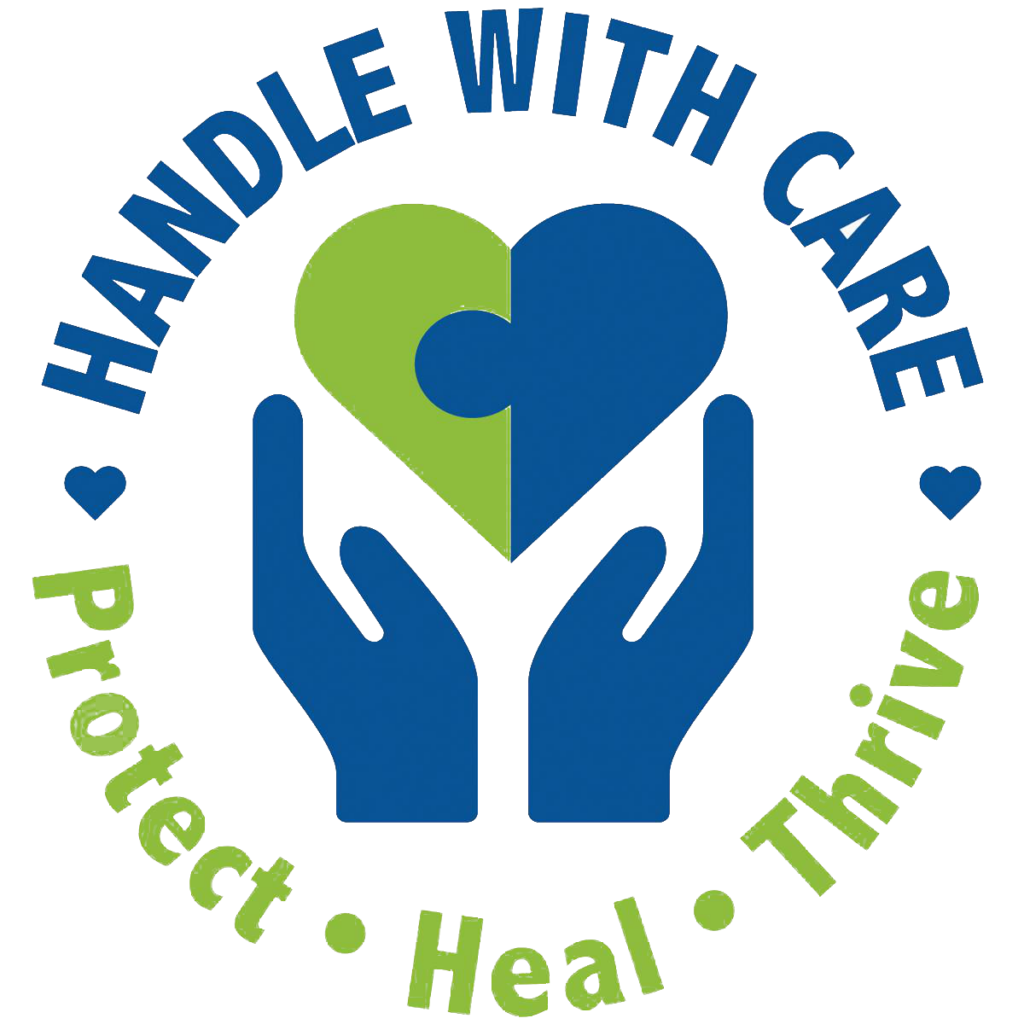
Adolescent Substance Use
It is essential to educate the population about adolescent substance use, which is the largest public health problem in America today. Public health measures must be put in place to identify and treat at-risk teens.
Key Takeaways
American culture, specifically the media’s glamorization of smoking, drinking and other drug use, normalizes teen substance use and negatively impacts teens’ health worldwide. Further, teen substance use and addiction is the largest, most expensive preventable public health problem in America today, costing at least $468 billion per year. Additional key findings include the following:
- 75% of high school students have tried addictive substances such as nicotine, alcohol, marijuana, and cocaine; 46% currently use addictive substances; and 12% meet the clinical criteria for addiction.
- 90% of Americans who meet the clinical criteria for addiction started using substances before the age of 18.
- 1 in 4 Americans who began using substances before age 18 have addiction, compared to 1 in 25 who began at age 21 or older.
Recommendations
For parents:
- Set a good example regarding substance use.
- Restrict access to addictive substances.
- Communicate clear, consistent no-use messages.
- Consistently enforce rules.
For health care professionals:
- Require education and training in addiction services.
- Work to expand addiction treatment capacity in the medical system.
- Press government and private health care insurers to reimburse for adolescent substance use screenings, brief interventions and treatment.
For policymakers
- Implement public awareness campaigns.
- Curb teen access to addictive substances by raising taxes on tobacco and alcohol products.
- Raise the minimum age for purchase of tobacco products to 21.
Research Methods
This report is based on data collected from national surveys of 1,000 high school students, 1,000 parents of high school students and 500 school personnel; interviews with approximately 50 leading experts in a broad range of fields; 5 focus groups with students, parents and school personnel; and a review of more than 2,000 publications.

